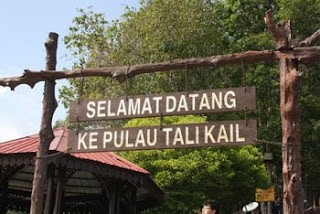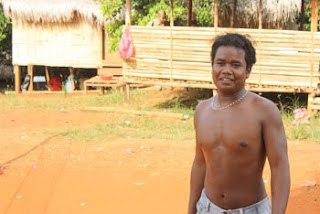Topic: Orang Asli
Objective: -To provide edutainment to the user with awareness of real-life issues
- To provide solution to interactive information design problems
- To provide and fulfill user's needs in communication information
Target user: Adults (18 years old and above)
Prototype Description: It is divided into four sections. The orange section is the lifestyle. The blue section is the settlement. The red section is the culture and the and the green one is the gallery. The interaction occurs when the user touches the screen. The idea is based on the interactive kiosk that provides information access via electronic methods.

Blue section: Orang Asli Settlement

Help button: User can select any location and it will zoom in the location of orang asli settlement.
Orange section: Lifestyle of Orang Asli

Help Button: Scrolling down the information using the scrollbar. User can zoom in to photos by using two fingers and spreading them apart, as if stretching to make the photo bigger.
Red section: Culture of Orang Asli

Help Button: Scrolling down the information using the scrollbar. User can zoom in to photos by using two fingers and spreading them apart, as if stretching to make the photo bigger.
Green section: Gallery of Orang Asli

User can zoom in to photos by using two fingers and spreading them apart, as if stretching to make the photo bigger. The photos are also draggable.














































































